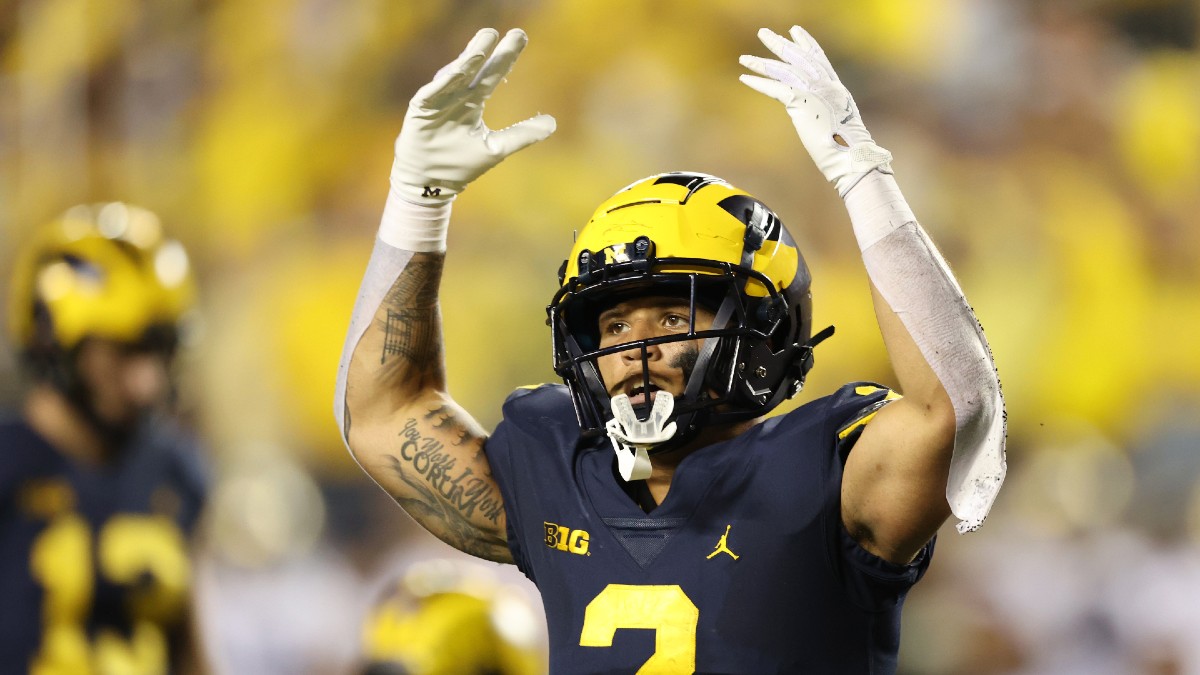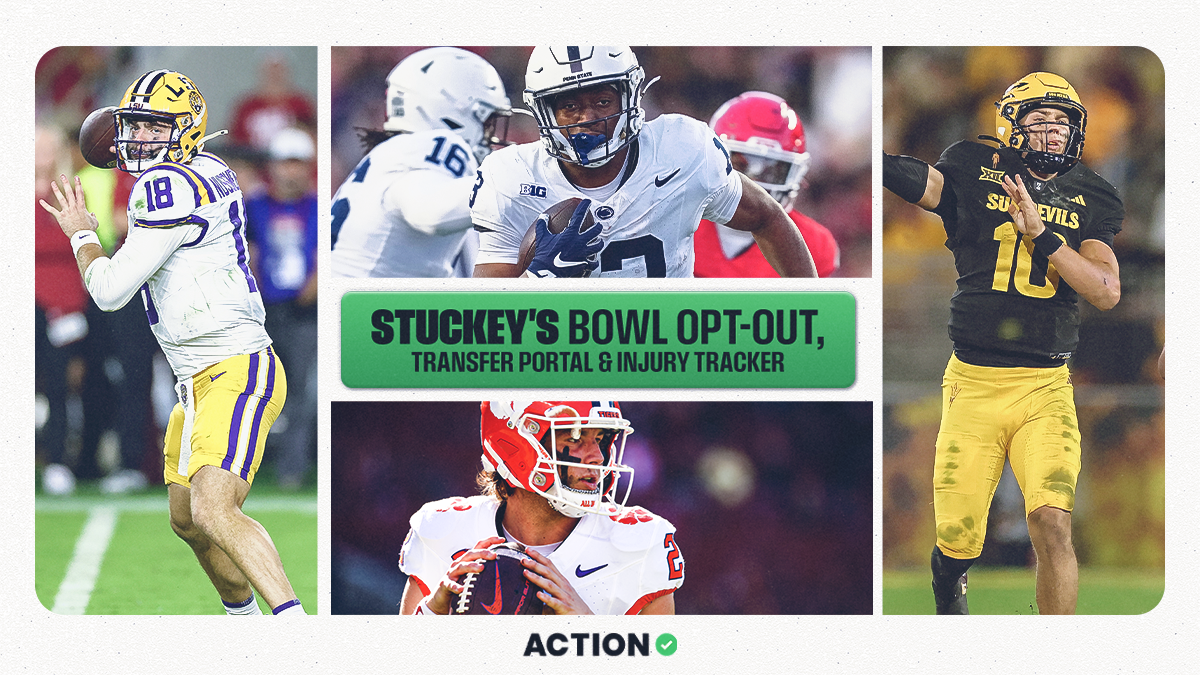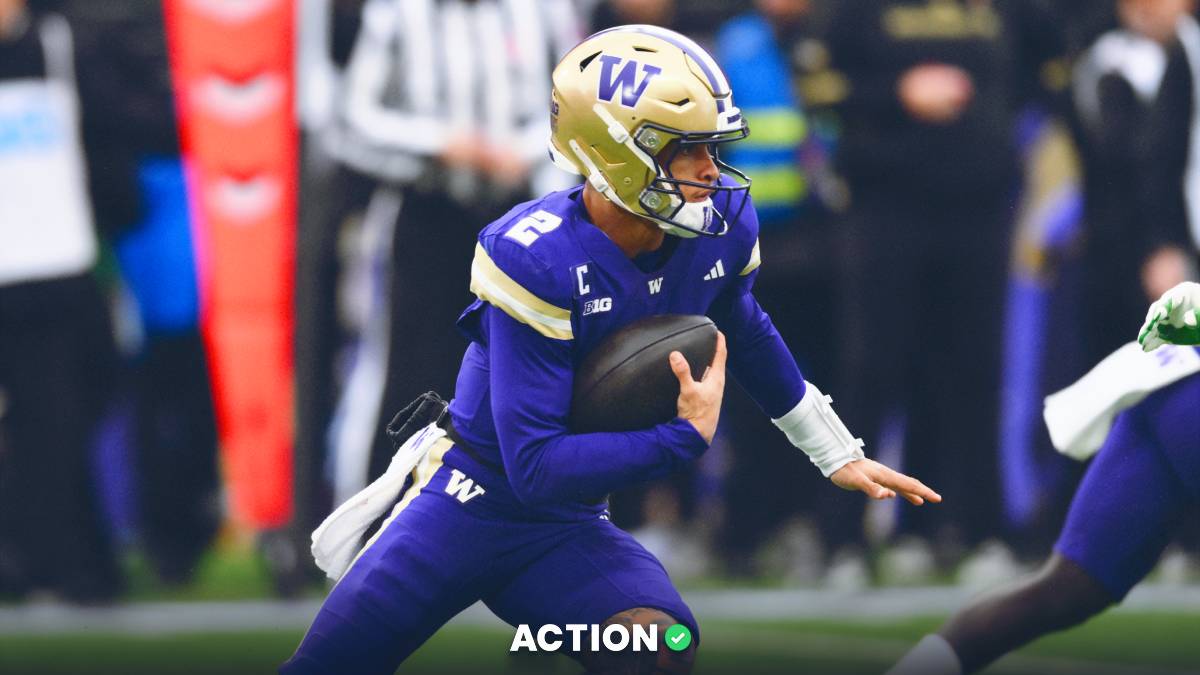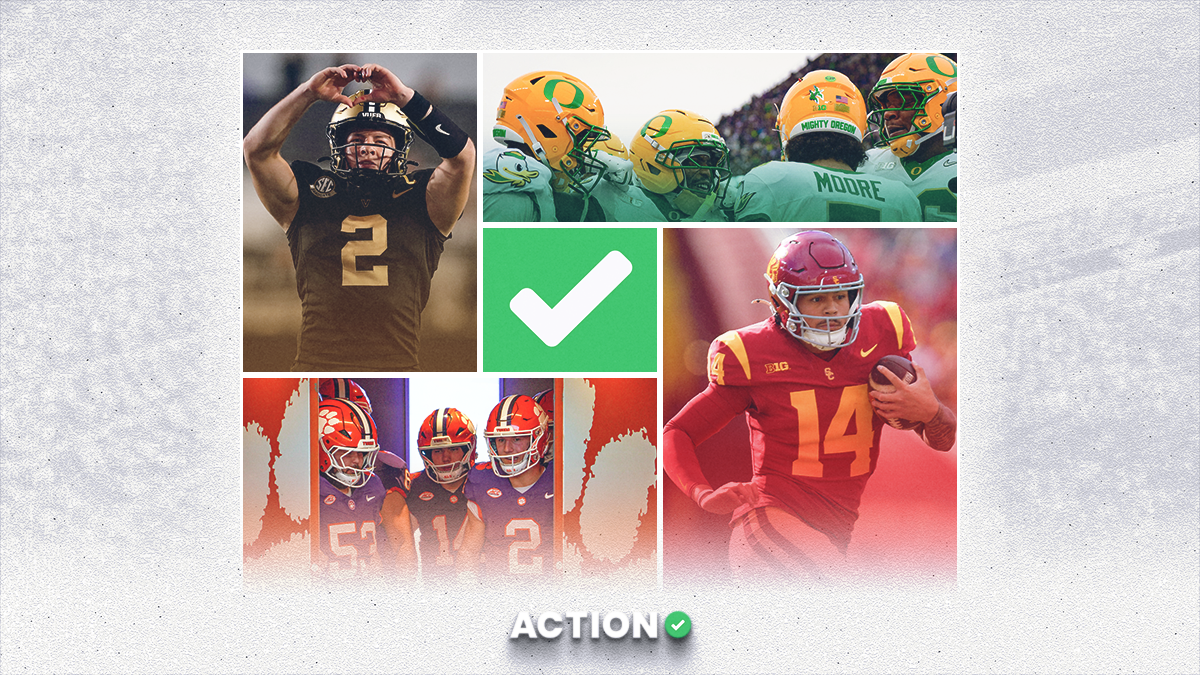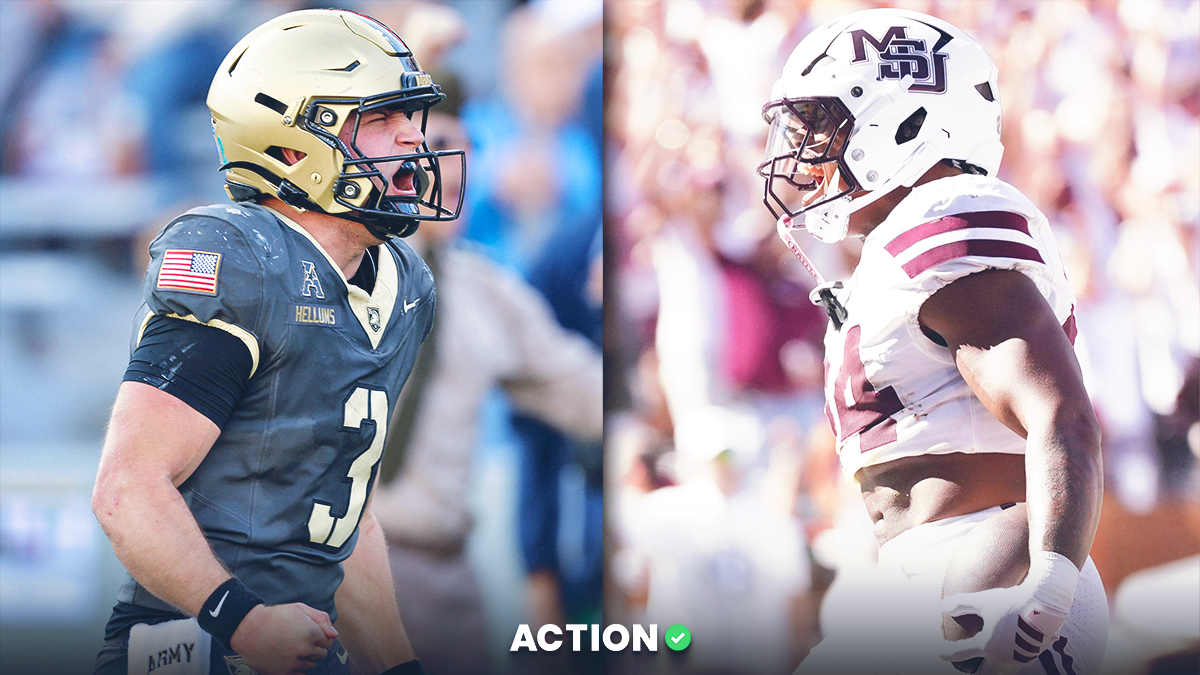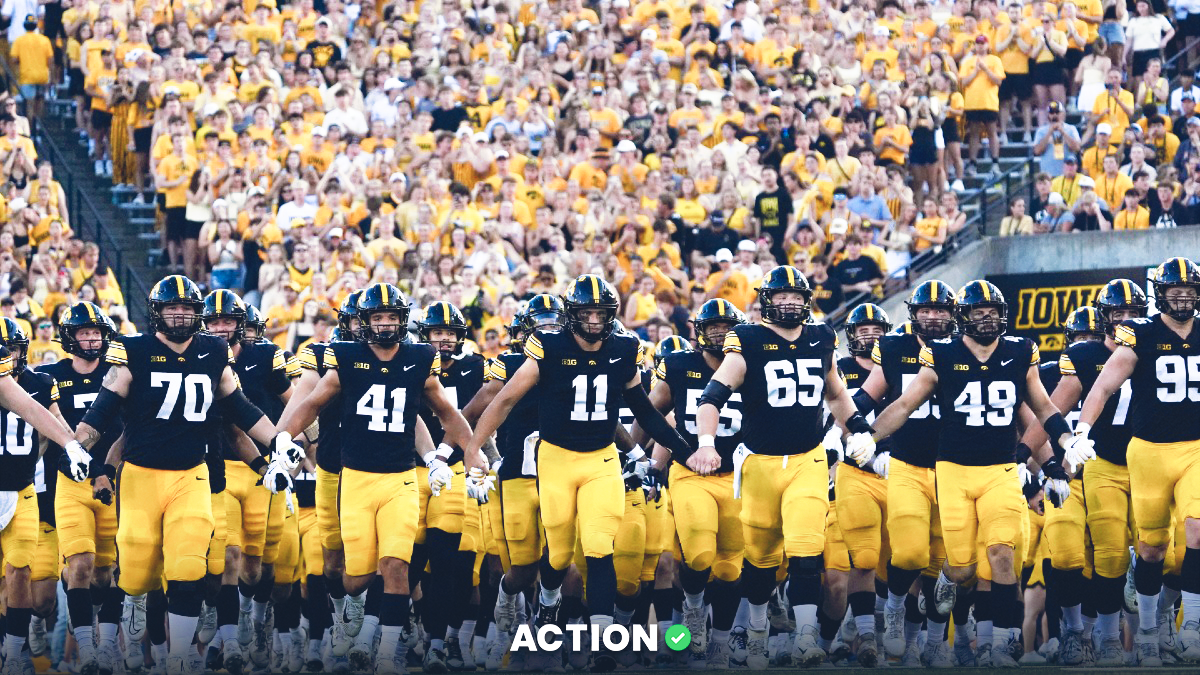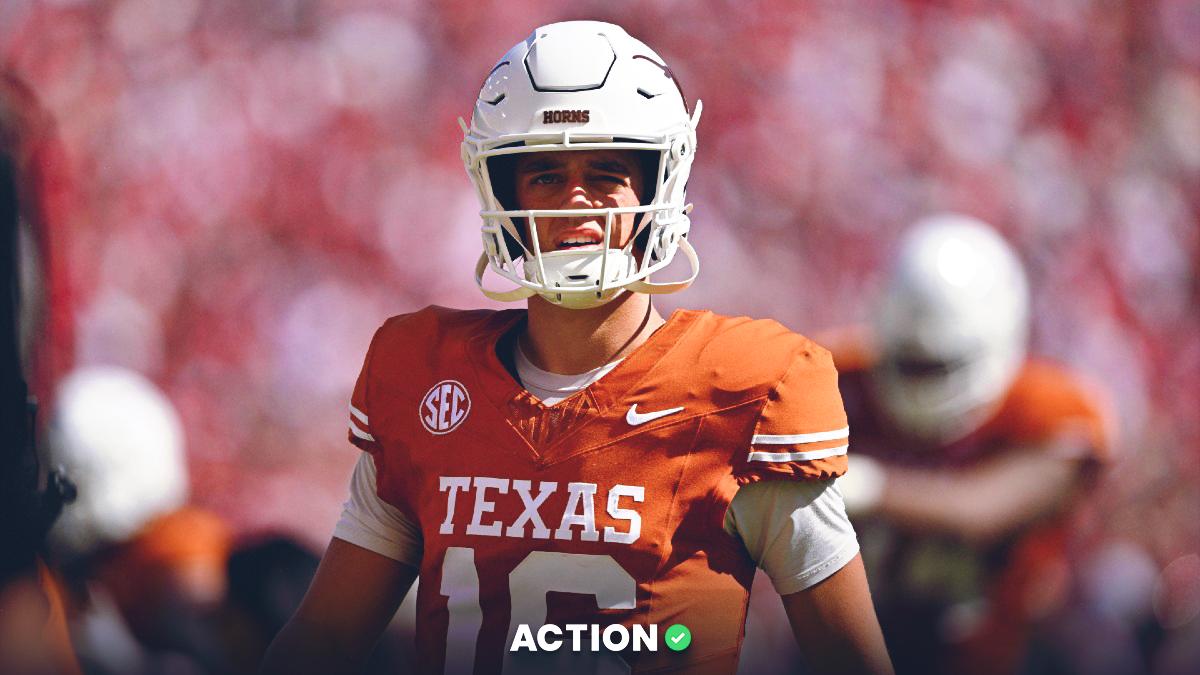Bowl season (most of it, anyway) pits college football's best teams against one another. It seems like the perfect time to take underdogs with the points, figuring the dog can keep it close given the relative talent and ability of each team is closer to even.
But that just hasn't been the case during bowl season. Underdogs usually win outright, or the favorite wins and covers the spread. It's the same way in the Super Bowl. This isn't a predictive trend — there's no guarantee it will continue happening — but it's interesting nonetheless.
During the regular season, underdogs cover the spread but lose the game about 27% of the time, and win the game outright 23.5% of the time.
In bowl season, dogs cover and lose just 15% of the time, while they win 36% of games outright.
Let me explain further.
The Four Results of a College Football Bet
There are four possible results when betting college football games against the spread.
- The favorite wins and covers the spread
- The favorite wins, but doesn't cover the spread
- The underdog wins the game outright (which means it also covers the spread)
- A push (favorite wins by the exact point spread)
During the regular season, underdogs win 23% of games outright. In bowl season, they win almost 37% of the time.
We have 563 bowl games (excluding pushes and pick'ems) in our Bet Labs database which goes back to 2005, which is around the time that college football changed with modern recruiting and modern offenses.
In those games, very few underdogs have covered but lost.
| Result | Instances | Percentage |
|---|---|---|
| Dog Won | 206 | 36.59% |
| Dog Covered & Lost | 85 | 15.1% |
| Fav. Won & Covered | 272 | 48.31% |
And this pattern is nothing new.
Since 1980, using KillerSports.com, the results from all bowl games are remarkably similar:
| Result | Instances | Percentage |
|---|---|---|
| Dog Won | 360 | 36.33% |
| Dog Covered & Lost | 148 | 14.93% |
| Fav. Won & Covered | 483 | 48.74% |
In 26,417 regular season games since 1980 (excluding pick'ems and pushes)…
| Result | Instances | Percentage |
|---|---|---|
| Dog Won | 6,198 | 23.46% |
| Dog Covered & Lost | 7,051 | 26.69% |
| Fav. Won & Covered | 13,168 | 49.85% |
In bowl games, the point spread comes into play (the underdog covering but losing) about one in every seven games. During the regular season, it's about one in four.
But the Teams Are Better and the Spreads Are Smaller … Right?
You can't just use winning percentages in this exercise, because there are often huge underdogs during the regular season that have little chance of winning outright. You rarely see a bowl game spread that high because the teams are better and more evenly matched.
So we have to look at it with a betting lens. And it still works when you consider betting ROI.
Blindly betting every dog straight-up in a bowl game since 2005 has yielded a 4.3% ROI and +24 units, even after a disastrous year for underdogs in 2020.
This "trend" isn't reliable every year. It's had good ones and bad. And it in part relies on one or two big underdogs to cash each year to be profitable.
Why Does This Happen?
The easiest explanation is motivation, but I don't know if it's the complete one.
Point spreads are largely derived from power ratings based on a team's entire body of work. They don't fully account for whether or not a team wants to be in Shreveport, La., the day after Christmas.
If a big favorite just doesn't show up, it can easily lose outright.
But the fact that the numbers look similar from 1980 and from 2005 make the motivation argument shakier.
When there were just 15 bowl games in 1980, every team should have been motivated. It was a big deal to play in the postseason, much different from today, with 40+ bowl games on the slate.
I think it's some combination of motivation, failure by the betting market to properly compare strength of teams in different conferences, and coaching aggression.
Are There Specific Types of Dogs to Target?
Yes and no. You can cherry pick more profitable trends by moving the spread by half a point or a point. It's mostly noise.
Generally, betting Group of 5 teams in this spot has been successful, and even more successful when they play a Power 5 team.
But the real money has been made with underdogs in the 3-7 point range.
The units are buoyed by some big underdogs cashing — Texas over Georgia in 2018, Oklahoma over Alabama in 2014, UCF over Auburn in 2017 and Baylor in 2014, Louisville over Florida in 2013. They were all 4-1 or better to win outright.
What Should I Take Away From This?
Like I mentioned, this "trend" has had good and bad years. It's been profitable in four of the six College Football Playoff years, since the playoff has created a perceived lack of emphasis on other bowl games. But here are some key takeaways:
1. No favorite moneyline parlays. Tying a handful of big favorites in a moneyline parlay for an even-money payout is becoming an increasingly popular betting option, but it doesn't make sense in bowl season. If you really like the favorite, bet on it to cover.
2. No teasers. You should never tease college games anyway because of the scoring variance, but especially during bowl season. You need to hit 72.3% of legs with a 6-point teaser to be profitable, and bowl underdogs have only hit 67.7% of the time since 1980. Favorites hit at 68%.
3. Sprinkle some Christmas cash on an underdog moneyline. That's the point of all this, right?
If you like an underdog this bowl season, don't be afraid to throw some change on that team to win outright.


